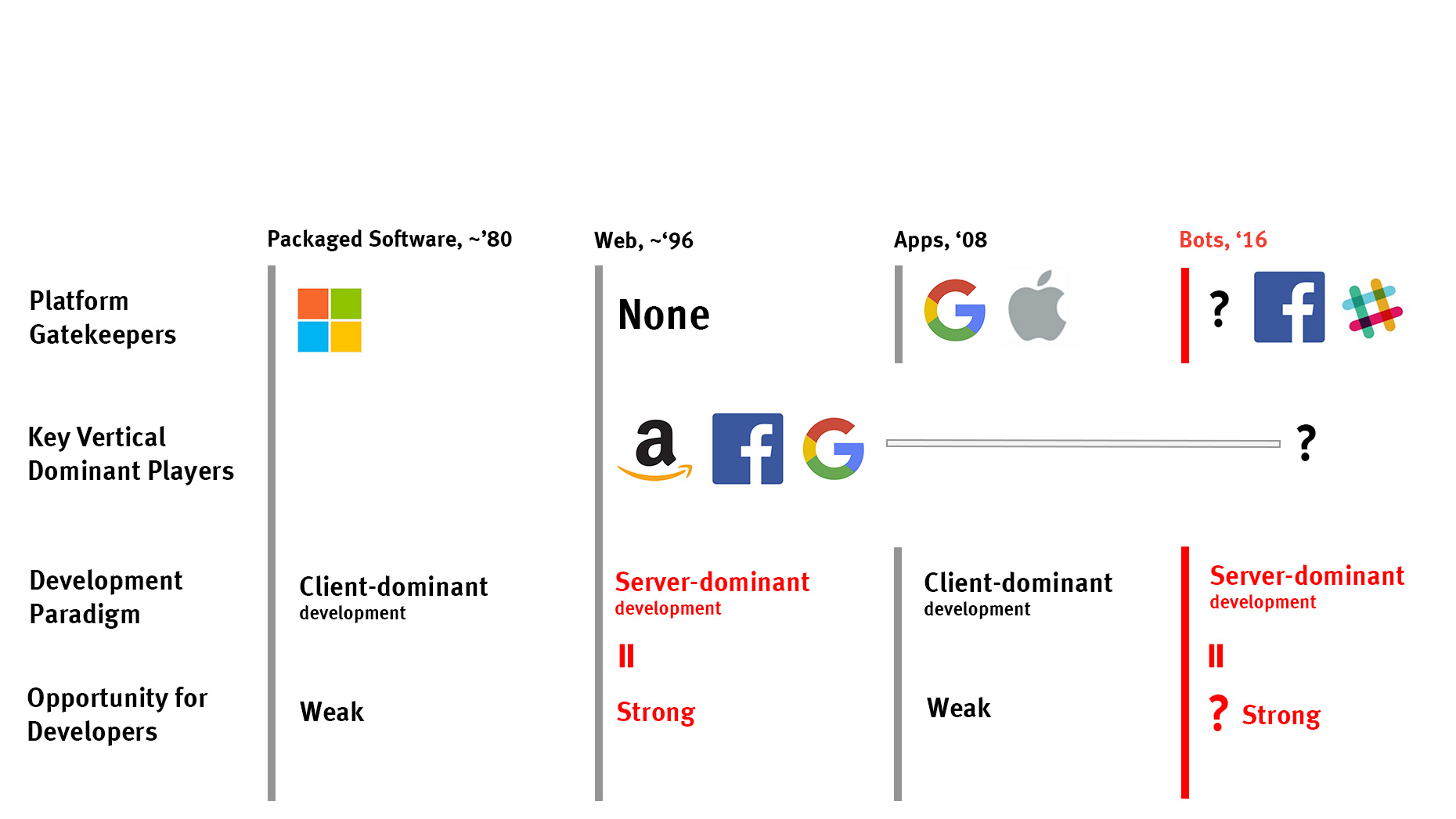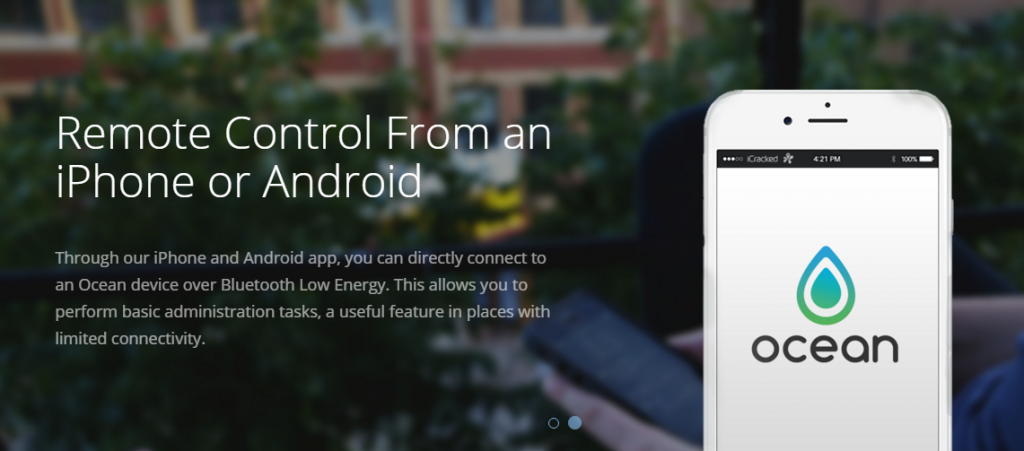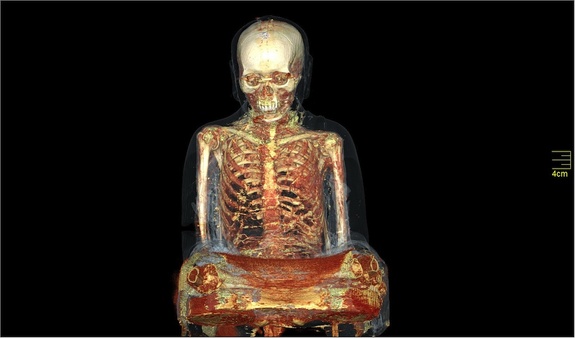Sections
Messaging, Apps and HAAI
[avatar user=”malm” size=”small” align=”left” link=”file” /]
Wired pondered this week whether we want messaging to replace apps in a article that served as a handy promotion piece for GoButler. The company’s aims are laudably modest and some way short of the hyperbole surrounding this area right now:
At the moment, these companies are collecting data on how human workers handle requests, and then they’re feeding this data into deep neural networks, networks of hardware and software that can learn tasks by analyzing large amounts of information. … GoButler is preparing to launch a system based on this kind of deep learning, but it will focus only on one particular task: booking plane flights. Other tasks will come later.
This fusion of messaging and Artificial Intelligence or Huma-Assisted AI (HAAI) highlighted in several recent posts over the previous couple of months is a development that seems to be emerging as a major 2016 story for others too now:
2016 is being declared the year of bots. And it feels like there is a broad shift in the developer ecosystem away from traditional point-and-click apps, towards chat-based user interfaces.
There’s still a long way to go and a lot of hype. Assist is right in the HAAI hole for example and managed to secure a TechCrunch writeup on the basis of a limited alpha.
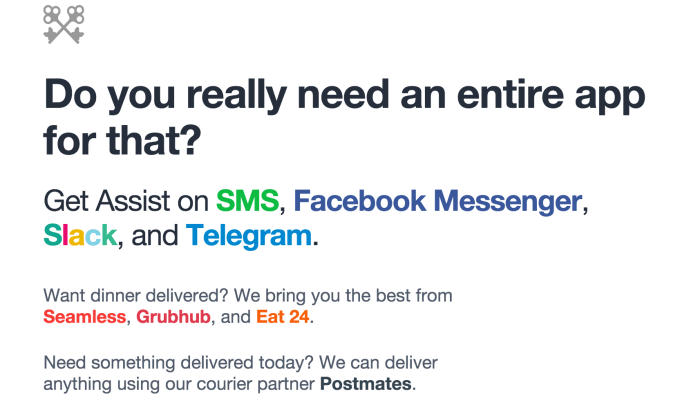
But it doesn’t feel very smart when you use it in a Slack channel as I did this week. Actually pretty much all it does is bounce you back to this list which much of the time doesn’t provide any actual options in your locality:

There’s an additional angle with smart messaging that doesn’t seem to have been widely considered namely its use as an agent of grooming and indoctrination. Imagine the potential combination of instant messaging, permanent connectivity, the echo chamber of online misinformation and malevolently intentioned AI:
this is also my experience of Twitter pic.twitter.com/dVpjJJHgj0
— Christopher Mims🤳 (@mims) January 8, 2016
Artificial Intelligence and Robots
- This post from the CTO of import.io suggests that the implementation of backtracking regular expressions by Ken Thompson and Larry Wall is inextricably linked to the development of neural nets. The common factor being the famous 1943 paper by McCulloch and Pitts, “A logical calculus of the ideas immanent in nervous activity”. The story of these two leading lights of the Cybernetic field was covered a few weeks ago by Nautilus.
- InfoQ post on why competence in IoT is basically about competence in machine learning and data analytics:
Because the IoT will be based on dataflows and sophisticated approaches for gaining insights from information and applying those insights to value creation through integration with enterprise knowledge, organizations that don’t have those abilities will be left behind in the marketplace or relegated to low-value, low margin commodities. Data has been called the new oil – and extending that metaphor means that data is refined into high-value products through the knowledge refinery of analytic capabilities. Organizations need to invest in building that infrastructure now so they are prepared in the coming years when supply chains and value creation will be transformed, disrupted, and upended. Information agility will be a required core competency.
- What Atlas the multi-million dollar robot did next – the household chores:
- Meanwhile altogether smaller robots called, inevitably, spermbots could revolutionalise fertility treatments in the future:
- This real life Iron Man made his own bionic arm:
Manufacturers and Devices
- Tremendous Asymco graphics on OS platforms as market share of shipping computers encapsulates the story of the rise and fall of Microsoft:
Another view of platforms but this time as market share of shipping computers. pic.twitter.com/15e229LnnZ
— Horace Dediu (@asymco) January 18, 2016
- Where do you go next if all you do is make action cameras? That’s the problem GoPro face in the face of a dramatic market slump. Ultimately there is only so much market demand for ‘action cameras’. If they want to survive and prosper they need to differentiate themselves with software and services on top.
Autonomous Vehicles and the Internet of Things
- Steven Levy takes an in depth look at the testing behind the scenes on the Google car program:

- The Internet of broken Things again. Or, how one NYT journalist’s experience with a Nest glitch has led to a re-evaluation of the product’s merits versus an old fashioned thermostat.
Cloud Computing
- Ocean is “a mobile server, a device that combines the portability of a mobile phone with the flexibility of a Linux web server.” Sounds interesting and I’ve subscribed for updates when it stars shipping next month:
Mobile phones can not do everything. Ocean is small enough to fit in your pocket, powerful enough to run a Node.js web server, and cheap enough to deploy at scale. All Oceans come pre-installed with Linux, and includes a 4200 mAh battery, a wireless charger, built-in support for Bluetooth (4.0 and Low Energy), and WiFi.
- Apex is a tool for managing serverless architecture with AWS Lambda. Sounds pretty close to the leading edge of cloud in 2016:
Apex is a small program written in Go for managing “serverless” architecture via AWS Lambda, allowing you to focus on code instead of infrastructure.
Product
- Absorbing post on why “nobody wants your product”. They want the outcome and increasingly will not appreciate any usability barriers in getting to it:
Any amount of time users spend operating your product is time wasted, and time is the one resource they cannot get back.
- The author echoes the view that interfaces are inexorably moving to an automatically updated AI-driven paradigm – the “conversational UI” model first highlighted towards the tail end of last year:
I think that interfaces will be further reduced, and stuff will just happen and information will surface on its own, not unlike Nest Thermostat and Google Now. Fresh milk will be delivered to your door just as the last bottle runs out. Applications will be updated on their own, rather than have to be updated manually. Phones will be magically charged all the time, instead of having to be charged manually.
- Big companies consistently fail with innovation initiatives outside their core competence areas. This highly recommended TechCrunch read suggests the reason is the Stack Fallacy, namely “the mistaken belief that it is trivial to build the layer above yours“. Ultimately the issue is down to product management, “the art of knowing what to build” not how to build it. Big companies consistently fail to understand that the “what is 100 times more important than the how” and are fatally blindsided by disruptive innovation from further up the value-chain. It seems intrinsic to the condition of being a big company:
it is far easier to innovate down the stack than up the stack. … The reason for this is that you are yourself a natural customer of the lower layers. Apple knew what it wanted from an ideal future microprocessor. It did not have the skills necessary to build it, but the customer needs were well understood.
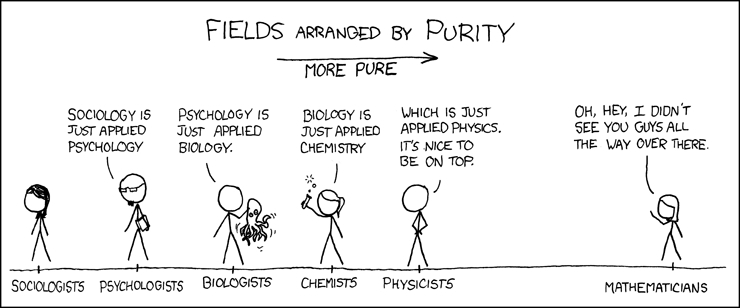
Software Engineering
- Basic programming in Minecraft is now a thing but it’s very slow:
- The advantages of being a ‘solopreneur’ coding gun for hire include no office politics, potentially a lot more income and work that fits in with your lifestyle choices. But it does depend on the marketability of and demand for your skillset.
- Presentation by Phillip Su of Facebook full of interesting insights on the company’s attitudes to the management of remote sites and workers. On the whole they seem to be engaged and positive about having engineering done around the world:
whenever a USB storage device containing documents, photos or videos is inserted into a RedStar computer, the operating system takes the current hard-disk’s serial number, encrypts that number, and then writes that encrypted serial into the file, marking it.
Science
- The BBC have started a run of David Eagleman’s epic 6 part PBS series The Brain. It’s been widely praised by reviewers with some claiming it stands comparison with Carl Sagan’s legendary Cosmos. The first episode was simply entitled “What is Reality?” and concluded by suggesting it is essentially a personal construct uniquely built over a lifetime by the perceptronium in our heads which ‘sits in darkness and silence’ yet powers the multimedia experience of the world around us.
- How Indian polymath JC Bose arguably “invented radio” before Marconi.
- The case for a Planet X lying beyond Pluto was strengthened this week:
- Last week’s post on the self-mummifying monks of Japan touched a chord. A year ago, another strange mummy story emerged from China of a Buddhist statue that hid a mummy for nearly a thousand years.

Culture and Society
- The Indian diaspora has grown by 60% in a decade to become the world’s largest at 15.5million.
- Following David Bowie’s death last week, there were many further reflections on the significance of his life and legacy. This impassioned Observer post explained why as suggested last week that while other brilliant artists will doubtless explode into popular culture in decades to come “there will never be another David Bowie“. The unique circumstances surrounding his place in horizontal history will never be repeated:
More, perhaps, than any other figure, he bridged every aspect of our electric age, from the cocked hips of Elvis to the earnest stomps of Arcade Fire, from the rising-from-the-ashes reinventions of mid-’70s German minimalist art rock to the big bang baby bruiser bashing of New York’s proto-punks, post-punks and neo-funkists. He drank it all in, he shared it all with us. He never xeroxed, as others did, but absorbed, and filtered it all through his own movable persona
- The designer of the Blackstar album logo Jonathan Barnbrook, a long-time Bowie collaborator, explains in an wide-ranging interview how the ★logo “was designed to reflect the musician’s mortality“:
“it’s not actually written “Blackstar”, it uses a symbol ★, and that symbol goes through different technologies, so it can be used wherever. … In terms of meaning, ★, rather than writing “Blackstar”, has as a sort of finality, a darkness, a simplicity, which is a representation of the music.”
- The Observer also ran an interview with the key musicians involved in making Blackstar who were fulsome in their praise:
David was super, super erudite, very well read. And a lot of the lyrics on Blackstar had these literary references of which I’m not aware. But they’re all there, and they all have some sort of meaning behind them.
- David Bowie had fame and money and presumably access to the the best possible doctors but the end when it came was apparently relatively sudden following remission and deterioration. It’s a situation faced by many with the inevitability of death proving most difficult it seems for family and relatives left behind. A doctor makes the case for a dignified death without the medical intervention escalator that seems the norm now for many in the West:
Nearly 50 percent of the elderly US population now die in nursing homes or hospitals. When they do finally pass, they are often surrounded by teams of us doctors and nurses, medical students, respiratory therapists and countless other health care providers
- A reminder from Medium that in an era when people seem eager to curate and project a positive image of themselves on social media, it is important to remember that there’s a real person behind it all and their health and wellbeing is ultimately the most important aspect of their personal brand.
In this culture of the glorification of the overworked maker, remember this: Life is short — Do it for yourself. In the end, it’s all you’ve got.
